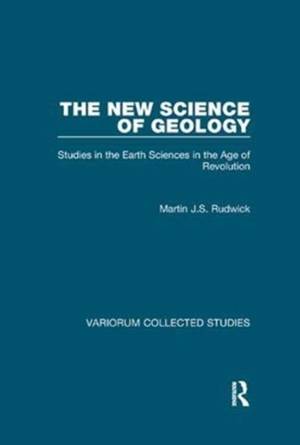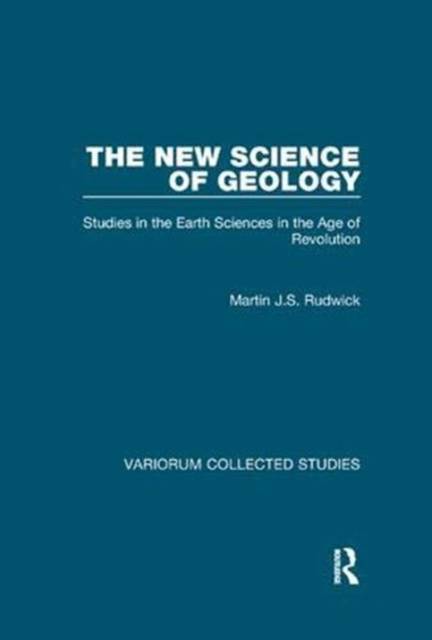
- Afhalen na 1 uur in een winkel met voorraad
- Gratis thuislevering in België vanaf € 30
- Ruim aanbod met 7 miljoen producten
- Afhalen na 1 uur in een winkel met voorraad
- Gratis thuislevering in België vanaf € 30
- Ruim aanbod met 7 miljoen producten
Zoeken
The New Science of Geology
Studies in the Earth Sciences in the Age of Revolution
Martin J S Rudwick
€ 67,95
+ 135 punten
Omschrijving
The science of geology was constructed in the decades around 1800 from earlier practices that had been significantly different in their cognitive goals. In the studies collected here Martin Rudwick traces how it came to be recognised as a new kind of natural science, because it was constituted around the idea that the natural world had its own history. The earth had to be understood not only in relation to unchanging natural laws that could be observed in action in the present, but also in terms of a pre-human past that could be reliably known, even if not directly observable and its traces only fragmentarily preserved. In contrast to this radically novel sense of nature's own contingent history, the earth's unimaginably vast timescale was already taken for granted by many naturalists (though not yet by the wider public), and the concurrent development of biblical scholarship precluded any significant sense of conflict with religious tradition. A companion volume, Lyell and Darwin, Geologists: Studies in the Earth Sciences in the Age of Reform, was published in 2005.
Specificaties
Betrokkenen
- Auteur(s):
- Uitgeverij:
Inhoud
- Aantal bladzijden:
- 336
- Taal:
- Engels
- Reeks:
Eigenschappen
- Productcode (EAN):
- 9781138382503
- Verschijningsdatum:
- 18/10/2018
- Uitvoering:
- Paperback
- Formaat:
- Trade paperback (VS)
- Afmetingen:
- 148 mm x 224 mm
- Gewicht:
- 430 g

Alleen bij Standaard Boekhandel
+ 135 punten op je klantenkaart van Standaard Boekhandel
Beoordelingen
We publiceren alleen reviews die voldoen aan de voorwaarden voor reviews. Bekijk onze voorwaarden voor reviews.











